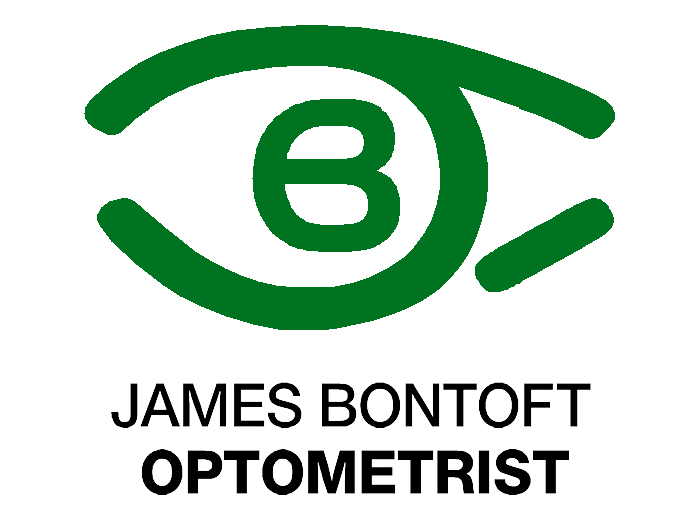Blepharitis
Definition
Blepharitis is a condition where the eyelid margins become inflamed (red and irritable). It is associated with discomfort of the eyes and can lead to more serious eye conditions, including inflammation and infection of the cornea. Blepharitis is not contagious and cannot be passed from one person to another. It can cause long term discomfort and irritation, and it usually affects both eyes. Mild blepharitis is a very common eye complaint that affects as many as one in three older persons.
Causes
There are many types of micro-organisms that normally live in low numbers on the skin without doing any harm. In some people there may be overgrowth of bacteria for reasons that are not well understood, and perhaps coupled with an exaggerated immune response, that leads to an inflammatory reaction to toxins released by these micro-organisms. Sometimes blepharitis is a feature of a general skin condition, such as dermatitis or rosacea.
Blepharitis is actually a group of disorders that share a common clinical presentation. In the majority of cases the condition is a result of a combination of a number of causal factors, although sometimes one factor predominates. Factors associated with the development of blepharitis include seborrheic dermatitis – dandruff of the scalp and eyebrows; bacterial infection; malfunctioning oil glands in your eyelids; rosacea – a skin condition characterized by facial redness; allergies – including allergic reactions to eye medications, contact lens solutions or eye makeup; and eyelash mites or lice.
Symptoms
The main symptom of blepharitis is discomfort of the eyes and surrounding skin, which may be felt as soreness, stinging, dryness, grittiness or itching. The eyelids and eyes also appear red, and crusts or dandruff-like flakes may appear on the eyelashes. The eyes often become sticky, especially on waking when the eyelids may be stuck together.
Complications
Blepharitis is often associated with dry eye because it interferes with the functioning of meibomian sebaceous glands within the eyelids, reducing the effectiveness of their oily secretions that normally cap the tear film and reduce its evaporation.
When the glands within the eyelids become blocked they are prone to become infected and this can lead to a red, tender swollen abscess that is termed a stye or a chalazion depending on the type of gland affected.
Sometimes the inflammation of the eyelid margins spreads to the adjacent cornea. This is known as marginal keratitis and may develop into a painful ulcer.
Chronic inflammation can lead to scarring of the eyelids and eyelash problems. The eyelashes may fall out, or grow inwards and scratch the surface of the eye
Tests
Blepharitis is usually diagnosed following an examination with a slit lamp biomicroscope. This may be followed by tests specific for dry eye owing to the causal association of this condition with blepharitis.
Treatment
Blepharitis is typically a long-standing chronic problem and there is no one-off cure. However, it is usually possible to ease symptoms to a manageable level with regular treatment. The most helpful way to control blepharitis is regular warm compresses and lid scrubs. These should be done twice a day for at least two weeks, and then as often as needed, perhaps once daily or as little as three times a week.
Warm compress
Warmth melts the thick secretion in the sebaceous meibomian glands within the eyelids. This lessens the risk of infection and also better enables the oily secretions to flow over the tear film and lessen the risk of dry eye from excessive evaporation.
A simple method is to turn the water temperature up a little in the shower, place a face cloth across your eyes, turn your face toward the water stream, and allow your face and eyelids to soak in the warm water for a few minutes. Alternatively, use a warm (not too hot) facecloth, or a wheat pack warmed in the microwave. Hold warm facecloth/wheat pack across closed eyelids for five minutes. If using a facecloth this will need to be re-warmed and repeated several times to maintain temperature during the 5 minute period.
Lid scrubs
The purpose of lid scrubs is to reduce the load of irritating micro-organisms along the eyelid margins. The most convenient method that is particularly suitable for sensitive eyes is to use commercial products specially made for this purpose, which may be purchased as a ready manufactured wipes. An alternative method is by using a cotton wool bud and a solution prepared from half a cup of warm water with a drop of baby shampoo. The concentration should be less than 1 part baby shampoo to 10 parts water in order to not irritate the ocular surface. Any excess liquid is squeezed from the cotton wool bud and it is used to gently clean any crusts from the base of the eyelashes. If using this method, be careful not to use too much shampoo or to scrub too hard because this will irritate the eyes.
Blephex
This is a procedure for the more advanced cases of staphylococcal and seborrheic anterior blepharitis. If deemed appropriate, this process is undertaken by our optometrist James and we physically remove all the accumulated matter around the lashes using a special appliance. This can then be maintained at home by performing the above lid hygiene techniques. This process is akin to a dentist performing a scale and polish on your teeth and that being maintained by brushing at home.
For more information please see www.blephexlids.co.uk
Medication
In some cases of blepharitis it is helpful to use topical antibiotics and/or steroid anti-inflammatory medication. This is typically for a short time to control a flare-up.
Oral tetracycline antibiotics can be used when the above methods have not been successful, especially if there is associated rosacea. The main benefit of these drugs in blepharitis is their beneficial effects on improving the consistency of oil secretions from the sebaceous meibomian glands within the eyelids, rather than their antibiotic action.
